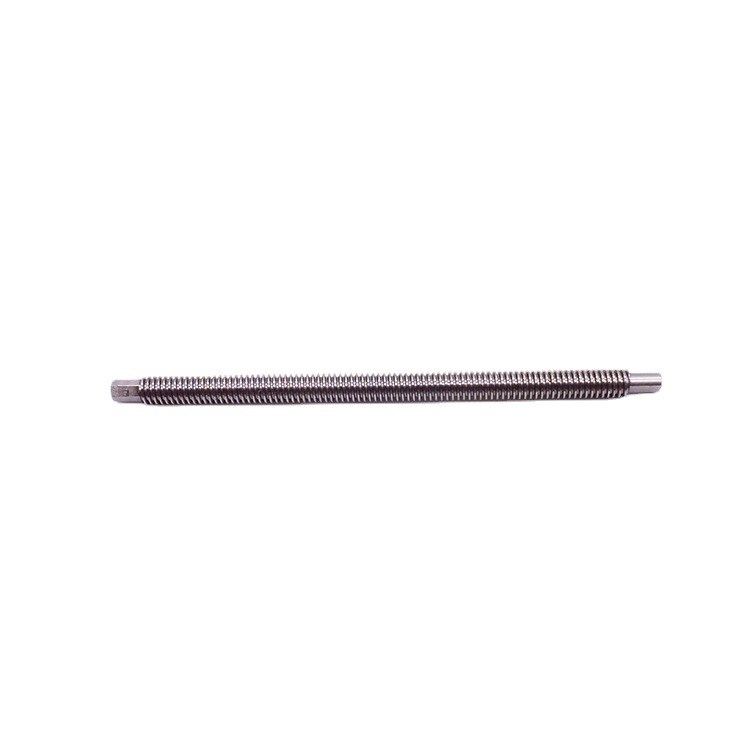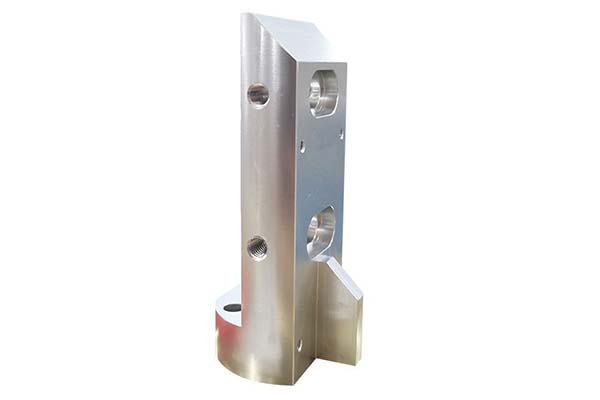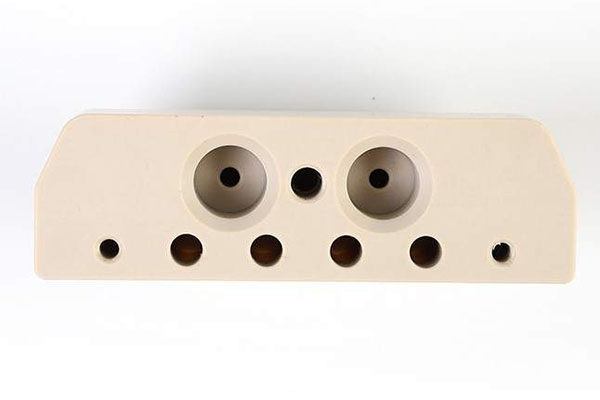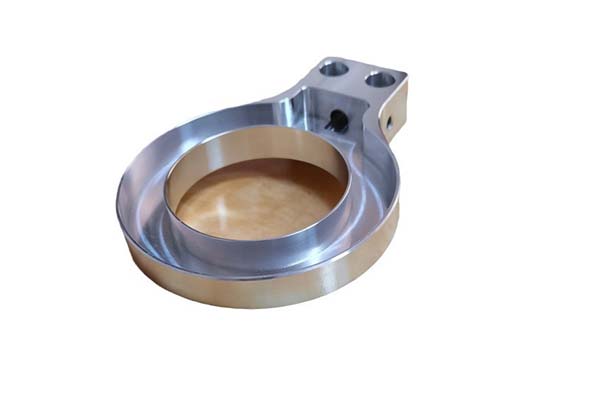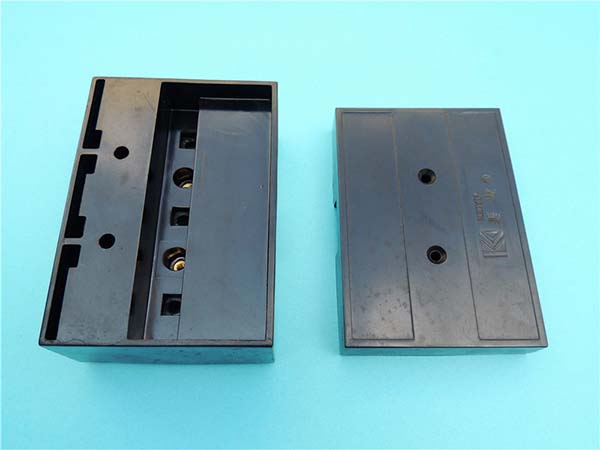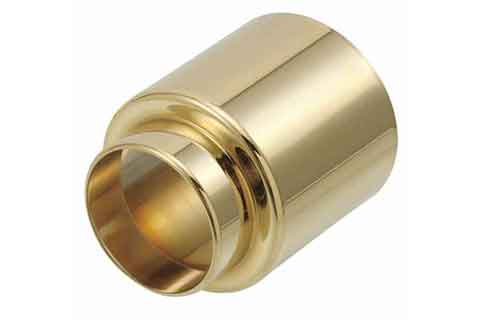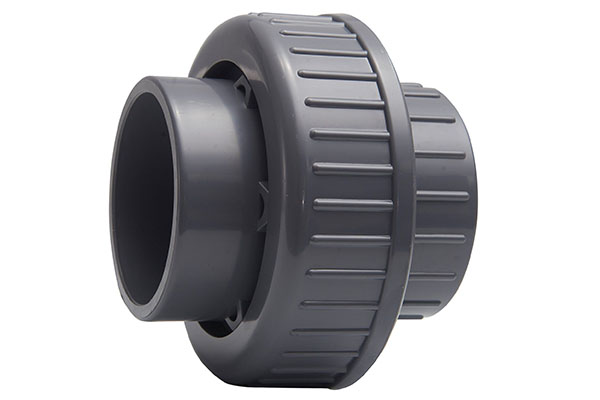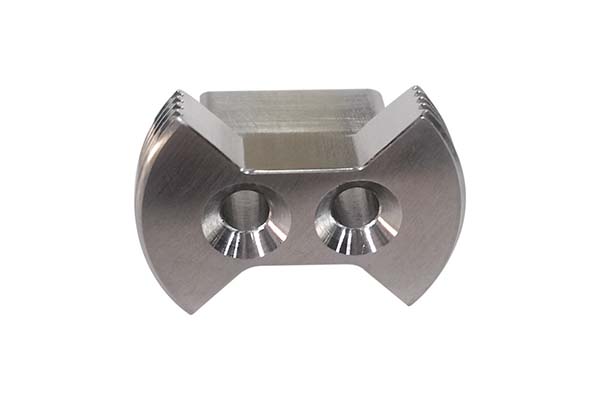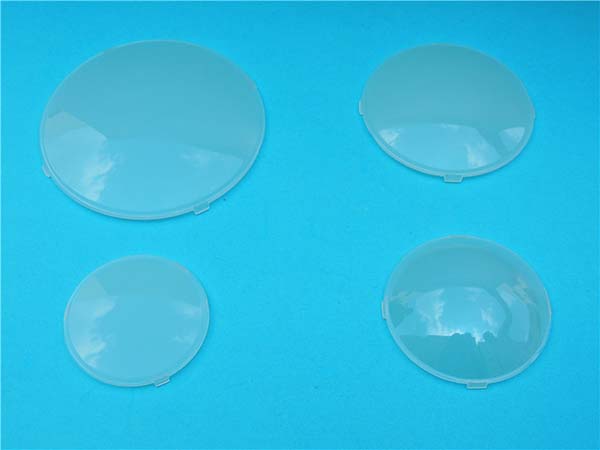Understanding the Basics of Precise Component Machining Precision
Precise component machining precision is the cornerstone of modern manufacturing, playing a pivotal role in determining the quality, functionality, and reliability of various products. It encompasses several key aspects, with (Dimensional Precision) being one of the most fundamental. Dimensional precision refers to how closely the actual dimensions of a machined component match the specified design dimensions. For example, in the manufacturing of microelectronics components, the tolerances can be as small as a few nanometers. A tiny deviation in the width of a semiconductor circuit line can lead to significant malfunctions, affecting the performance of the entire electronic device.
(Form Precision) is another crucial element. It ensures that the shape of the machined component adheres strictly to the design requirements. In the aerospace industry, the blades of an aircraft engine are a prime example. These blades must have an extremely precise shape to optimize the efficiency of the engine. Even the slightest deviation from the designed shape can disrupt the air - flow patterns within the engine, reducing thrust and increasing fuel consumption. According to industry data, a 1% deviation in the shape of an aircraft engine blade can lead to a 3 - 5% decrease in engine efficiency.
Surface roughness is also a critical factor in precise component machining. A smooth surface finish not only enhances the aesthetics of the product but also has a direct impact on its functionality. In high - precision mechanical components such as bearings, a rough surface can cause increased friction, leading to premature wear and tear. This can shorten the lifespan of the bearing and potentially cause system failures. A study showed that reducing the surface roughness of a bearing by 50% can double its service life.
Let's take a look at a comparison table to better understand the importance of these precisions in different industries:
| Industry | Dimensional Precision Requirement | Form Precision Significance | Impact of Surface Roughness |
| Aerospace | Tolerances in the range of micrometers for engine components | Critical for engine performance, affecting thrust and fuel efficiency | High surface roughness can lead to increased aerodynamic drag and reduced fatigue life of components |
| Medical Devices | Tight tolerances for implants to ensure proper fit in the human body | Essential for the functionality of surgical instruments, such as scalpels | Rough surfaces on implants can cause tissue irritation and increase the risk of infection |
| Automotive | Precise dimensions for engine parts to ensure smooth operation | Important for body panels to achieve a perfect fit and aerodynamics | Surface roughness affects the quality of paint adhesion and the durability of the vehicle's exterior |
Key Factors Influencing Machining Precision
1. Equipment Quality and Maintenance
The quality of machining equipment is a fundamental factor determining the precision of component machining. High - precision machining equipment, such as advanced five - axis CNC machine tools, can achieve extremely high levels of accuracy. For instance, a high - end CNC lathe can control the dimensional error of a machined part within ±0.001mm. This level of precision is crucial for industries like aerospace, where components need to fit together perfectly to ensure the safety and efficiency of aircraft.
In contrast, low - precision equipment may have larger inherent errors. A general - purpose lathe might have a dimensional error tolerance of ±0.05mm, which is far from meeting the requirements of high - precision components. As shown in the following graph, the error range of high - precision equipment is significantly smaller than that of low - precision equipment in the machining of the same type of components.
**
Regular maintenance of equipment is equally important for maintaining precision. Over time, components of the machining equipment, such as bearings and guide rails, will wear out. Without proper maintenance, this wear can lead to a gradual decrease in the equipment's precision. According to industry statistics, for equipment that is not maintained regularly, the machining precision may decline by 10 - 20% within one year. Regular calibration, lubrication, and replacement of worn - out parts can effectively extend the service life of the equipment and ensure its long - term stable precision.
2. Material Properties
Different materials have distinct properties that greatly influence machining precision. For metals, their hardness, toughness, and thermal expansion coefficients play key roles. For example, stainless steel, with its relatively high hardness, requires more powerful cutting tools and appropriate cutting parameters during machining. If the cutting tool is not sharp enough or the cutting speed and feed rate are not properly set, it can cause problems such as tool wear, surface roughness, and dimensional errors.
Aluminum alloy, on the other hand, has a relatively high thermal expansion coefficient. When machining aluminum alloy components, temperature control becomes crucial. A small change in temperature can cause the material to expand or contract, resulting in dimensional deviations. In a machining process where the temperature change is 10°C, the dimensional change of an aluminum alloy component can be as high as 0.03 - 0.05mm for every 100mm in length.
Plastic materials also have unique characteristics that affect machining precision. They generally have lower hardness compared to metals, but they are more prone to deformation during machining due to factors such as heat generated during the cutting process and the clamping force. For example, when machining polycarbonate plastics, if the clamping force is too large, it can cause the plastic part to deform, resulting in inaccurate dimensions. Additionally, the shrinkage rate of plastics during the cooling process after machining is also a factor that needs to be carefully considered. Different types of plastics have different shrinkage rates, which can range from 0.5% to 2%.
3. Machining Process and Techniques
Common machining processes, such as turning, milling, and grinding, have different impacts on precision. Turning is suitable for processing cylindrical parts. In rough turning, the dimensional accuracy is usually IT11 - IT13, and the surface roughness is relatively high, around 12.5 - 25μm. In semi - finishing and finishing turning, the accuracy can reach IT7 - IT10, and the surface roughness can be reduced to 0.8 - 1.6μm. Milling is often used for processing complex - shaped parts. The accuracy of milling is generally IT8 - IT7, and the surface roughness is about 1.6 - 6.3μm. Grinding is a precision machining process that can achieve very high accuracy, up to IT5 - IT8, and the surface roughness can be as low as 0.01 - 0.16μm, making it suitable for parts with high - precision surface requirements.
Advanced machining technologies, like electrical discharge machining (EDM) and laser machining, have their own advantages in improving precision. EDM is particularly useful for machining complex - shaped and hard - to - cut materials. It can achieve a dimensional accuracy of ±0.005mm and is capable of creating intricate shapes that are difficult to obtain through traditional machining methods. Laser machining, on the other hand, offers high - precision micro - machining capabilities. It can process materials with high precision in the micron - level, making it ideal for manufacturing micro - components such as those used in microelectromechanical systems (MEMS).
Strategies for Mastering Machining Precision
1. Advanced Measuring and Inspection Tools
Advanced measuring and inspection tools are indispensable for achieving high - precision component machining. Coordinate Measuring Machines (CMMs) are widely used in modern manufacturing. They can precisely measure the dimensions of components in three - dimensional space. For example, a high - end CMM can measure the length, width, and height of a part with an error within ±0.0005mm. This high - level accuracy allows manufacturers to detect even the slightest deviations from the design specifications promptly. In a precision parts manufacturing factory, after machining a batch of engine components, the CMM can measure the key dimensions such as the inner diameter of the cylinder and the length of the crankshaft. If the measured values deviate from the nominal values, the production process can be adjusted immediately to ensure the quality of the subsequent products.
Laser interferometers are another type of high - precision measuring instrument. They use the principle of laser interference to measure linear displacement, straightness, and angular errors with extremely high accuracy. In the calibration of machine tool axes, laser interferometers can accurately measure the positioning errors of the axes. For instance, in a precision milling machine, the laser interferometer can measure the linear positioning error of the X - axis. If the error is detected, the machine tool can be adjusted to correct the movement of the axis, thus improving the machining accuracy of the parts processed by the milling machine.
2. Process Optimization and Simulation
Process optimization and simulation play a crucial role in enhancing machining precision. Simulation software, such as finite - element analysis (FEA) software, can be used to simulate the machining process before actual production. For example, in the milling of a complex - shaped aluminum alloy aerospace component, the FEA software can simulate the cutting forces, heat generation, and deformation of the workpiece during the milling process.
Before optimization, the simulated results might show that the maximum deformation of the component during machining is 0.05mm, which may exceed the allowable tolerance. After optimizing the cutting parameters, such as reducing the cutting speed from 300m/min to 200m/min and adjusting the feed rate from 0.2mm/z to 0.15mm/z through simulation analysis, the maximum deformation of the component is reduced to 0.035mm, a 30% improvement in machining precision.
In addition to cutting speed and feed rate, other parameters such as the depth of cut also need to be carefully optimized. A larger depth of cut may increase the machining efficiency, but it can also lead to greater cutting forces and more significant workpiece deformation. By using simulation software, manufacturers can find the optimal combination of these parameters to achieve the best balance between machining efficiency and precision.
3. Quality Control and Continuous Improvement
Establishing a comprehensive quality control system is essential for maintaining high - precision machining. This system should include in - process inspection, final inspection, and statistical process control (SPC). In - process inspection can be carried out at various stages of the machining process, such as after rough machining and semi - finishing. Inspectors use measuring tools to check the dimensions and surface quality of the components, and if any defects or deviations are found, the machining process can be stopped immediately for adjustment.
Final inspection is conducted on the finished components to ensure that they meet all the quality requirements. SPC involves collecting and analyzing data from the production process, such as the dimensions of the components, to detect any trends or abnormal variations. By using control charts in SPC, manufacturers can quickly identify when the production process is out of control and take corrective actions.
Continuous improvement is also a key factor in enhancing machining precision. Regular quality analysis meetings should be held to discuss the quality problems encountered in the production process. For example, if during a quality analysis meeting, it is found that the surface roughness of a batch of machined parts is higher than the standard, the production team can analyze the possible causes, such as tool wear, improper cutting parameters, or insufficient lubrication. Then, corresponding improvement measures can be taken, such as replacing the cutting tools in a timely manner, optimizing the cutting parameters, or improving the lubrication system. Through continuous improvement, the machining precision can be gradually enhanced over time.
Yigu Technology's Perspective
As a non - standard plastic and metal custom products supplier, Yigu Technology deeply understands the core position of precise component machining precision in custom products. With our professional technology and rich experience, we are committed to achieving high - precision machining in the face of complex customization requirements.
In the field of plastic product customization, we take into account the unique material properties of plastics, such as their relatively low hardness and high shrinkage rate. By precisely controlling the processing temperature, clamping force, and cooling rate, we ensure that the dimensional accuracy and shape precision of plastic components meet the strict requirements of customers. For example, in the production of custom - made plastic connectors for electronic devices, we can control the dimensional tolerance within ±0.02mm, ensuring a perfect fit with other components.
When it comes to metal product customization, we leverage advanced equipment and techniques to handle various metals, from common steel to high - performance alloys. Our team of experienced engineers carefully selects the appropriate machining processes and parameters according to the material's hardness, toughness, and thermal expansion coefficient. In the production of custom - made metal brackets for industrial equipment, we use five - axis CNC machining technology to achieve high - precision shaping, ensuring that the form precision of the brackets meets the design requirements, which is crucial for the stable installation and operation of the industrial equipment.
We believe that mastering the craft of precise component machining precision is not only about meeting the current needs of customers but also about contributing to the development of various industries. By providing high - quality custom products with excellent precision, we help our customers improve the performance and reliability of their products, enabling them to gain a competitive edge in the market.
FAQ
1. What is the most critical factor in precise component machining precision?
The most critical factor can vary depending on the specific situation. However, generally, equipment quality and maintenance are fundamental. High - precision equipment provides the basis for achieving accurate machining, and regular maintenance ensures its long - term stable performance. But material properties and machining techniques also play equally important roles and need to be considered comprehensively.
2. How can I choose the right machining process for my components?
It depends on several factors, such as the material of the component, its design complexity, and the required precision. For simple cylindrical parts, turning may be a good choice. For complex - shaped parts, milling or electrical discharge machining (EDM) might be more suitable. If high - precision surface finish is required, grinding or laser machining could be considered.
3. What are the common errors in precise component machining and how to avoid them?
Common errors include dimensional errors, shape errors, and surface roughness problems. Dimensional errors can be caused by equipment inaccuracy, incorrect cutting parameters, or material deformation. To avoid them, regularly calibrate the equipment, optimize cutting parameters, and control the machining environment. Shape errors may result from improper tool path planning, and can be avoided by using advanced CAD/CAM software for accurate path design. Surface roughness issues can be due to tool wear or insufficient lubrication, so timely tool replacement and proper lubrication are necessary.
